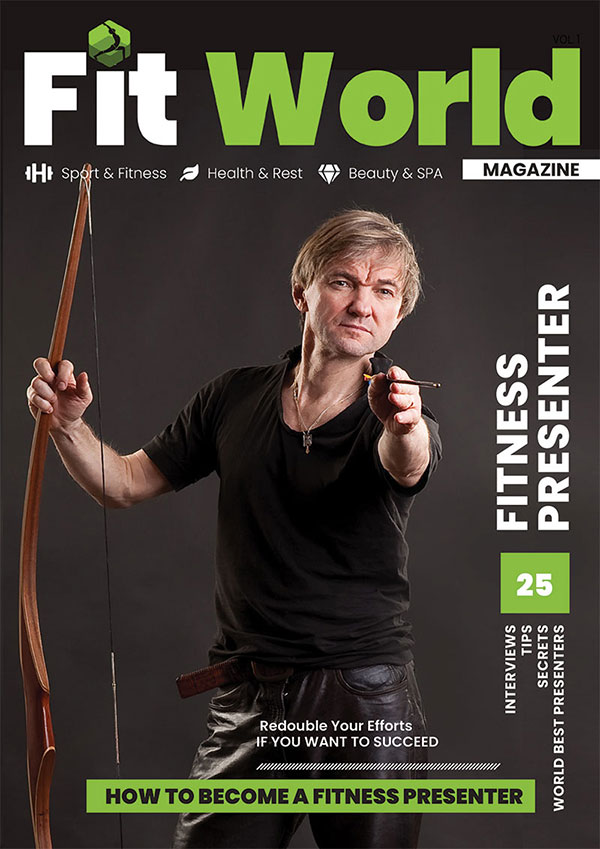What do you think skipping is? This little-understood word is the name of one of the cheapest and most effective sports training – exercises with the familiar skipping rope. By the way, it is proven that skipping is not inferior to training in a pool or on the court in terms of calorie consumption. Just keep in mind that in this case, the rope must be the right length and thickness.
What is skipping for? What are the benefits of jumping on a rope? Well, it’s clear to children – for fun. According to fitness instructors, adults, this children’s pastime is also very useful.
First, skipping develops flexibility, posture, a sense of balance and motion coordination.
Secondly, exercises with skipping rope effectively work the calves, shoulders, arms and abdominal muscles, which, of course, improves the figure.
Thirdly, it develops endurance, strengthens the cardiovascular and respiratory systems.
And fourth, it is an excellent way to lose weight, because jumping, you can burn up to 1000 kcal per hour. A man weighing about 70 kg per hour burns up to 720 calories (at 120-140 jumps per minute). By the way, there have long been world championships on skipping, and the world record belongs to a man – 318 jumps for 60 seconds.
In general, in terms of burning calories, skipping surpasses cycling, tennis and swimming, and in terms of effectiveness for weight loss is comparable only to running.
In addition, skipping is available to everyone, regardless of financial status, age, weight or height. You can buy high-speed skipping rope for exercising with high intensity of revolutions in sport stores. It is made of high-quality materials, has sturdy handles and a transparent cord.
A correct skipping rope should be no thinner than 0,8-0,9 cm in diameter. The most important parameter is its length. So, if your height is up to 152 cm, it is better to buy a skipping rope up to 210 cm, at 152-167 cm -250 cm, at 167-183 cm – 280 cm, from 183 cm – 310 cm.
You can jump with skipping rope practically always and everywhere, it’s very compact, it won’t take much space, it will fit even in your pocket. It is desirable to do skipping at least 10 minutes a day. You should follow some simple rules.
– Consult your doctor before you start, if you have problems with intervertebral cartilages or joints, skipping rope is contraindicated to you.
– Make sure that the rope cord will not catch the surrounding objects, especially the chandelier, if you are going to jump at home.
– During the exercise your legs should be together, your back should be straight and your elbows should be pressed to your body.
– The rope should be rotated with the brushes of the hands.
Taking into account the specifics of jumping rope, you should choose well-fitting sportswear (for women – a bra that supports breasts well).
Regular running shoes should be replaced by more comfortable sneakers for different sports, such as basketball sneakers or tennis sneakers, because they give more support to your feet when jumping.
Simple movements
Jumping in place. Keeping your head and back straight, do jumping rope alternately with each leg. Your body weight should transfer from one foot to the other, allowing the rope to pass freely under your feet.
Try to reach 70 jumps per minute (counting jumps with each foot). Gradually try to go up to 80 jumps. Very fast jumps are 90 per minute when you are already in good shape.
Back and forth jumps. Jump forward, then backward through the jump rope. This exercise works well with your hips. Take a steady pace of 70 jumps per minute.
Running step jumps. Bring your knees forward as if you were running, while jumping over the rope. This engages the lower abs. A good pace for this exercise is 80 jumps per minute.
“Horse Racing.” Jump once with both feet at the same time, then with your feet spread apart as if you were galloping on a horse. And so do the jumps with alternating – feet together, feet apart. This exercise trains both the inside and outside of your thighs.
Challenging moves.
Double jumps. Spend the jump rope twice under your feet in one jump. Try one such jump, or several in a row if you can. Alternatively, you can jump faster (about 100 jumps per minute), including double jumping through
Cross jumps. Keeping your elbows bent at waist level, guide the jump rope over your head while crossing your arms and jumping then into the resulting loop. If this is difficult for you, do “horse jumps” instead of cross jumps.













